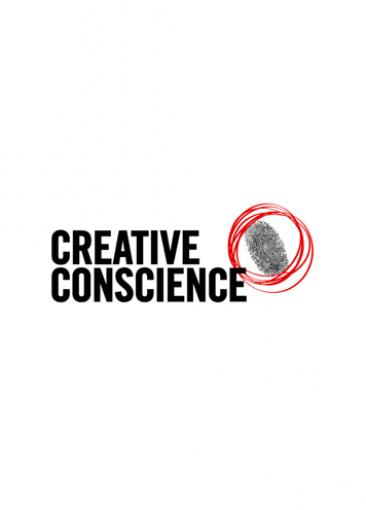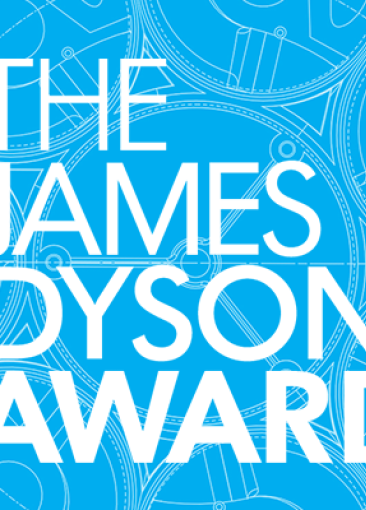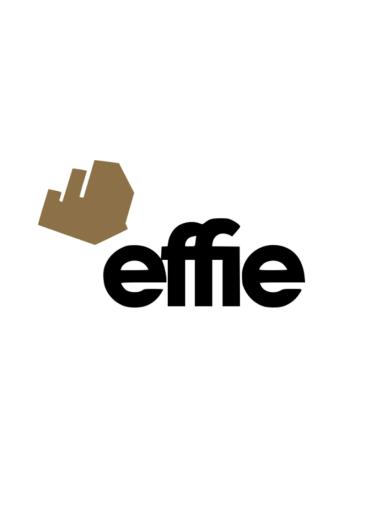This report describes the authors’ research project ‘Telepresence Stage’, funded by the Arts and Humanities Research Council’s (AHRC) ‘COVID-19 Rapid Response’ scheme. The project aims to develop effective and affordable new approaches to connect performers from their separate homes and place them within virtual sets online where they can rehearse and perform together.
The recent attention towards cultural preservation and heritage studies has positioned design to redefine cultural experiences in the contemporary context. Against this backdrop, design is marked by an ability to transform and revitalise cultural practices to change and alter perceptions, generate and disseminate knowledge, and create new value through the curation of experience.
Quality education and lifelong learning is highly valued in Singapore. With improved disability support for learners with special educational needs and disabilities, increasing numbers complete their secondary schooling and wish to continue into post-secondary education. Countries such as Australia, the United Kingdom (UK) and the United States of America (USA) have a more extended history of legislation to protect the rights of people with disabilities, inclusive education at tertiary level and a more extensive research base.
This case study draws on the original doctoral thesis entitled, “Learners With Special Educational Needs Reflecting on Their First Year at University.” The study of the historical background, recent developments, and issues of concern was a collective case study of special needs students studying at Singapore universities.
While conducting research for my doctoral thesis entitled “Learners With Special Educational Needs Reflecting on Their First Year at University,”I explored the historical background, recent developments, and issues of concern for students with special educational needs and disabilities studying at university in Singapore. Documentary evidence included the collection of historical and present-day local policy documents, parliamentary debates taken from Hansard (the traditional name given to transcriptions of parliamentary debates), and information from university websites.
Many countries keep official records of parliamentary debates. In the UK, Australia, New Zealand, South Africa, and Singapore, these transcriptions are referred to as Hansard, providing a rich resource for researchers exploring the historical and contextual background of governmental policy and legislation. This case study draws on the original doctoral thesis exploring the experiences and issues of concern of students with special educational needs and disabilities reflecting on their first year at university in Singapore.
Singapore has undergone a gradual shift towards a social model of inclusive education since the Compulsory Education Act came into force in 2003 (Republic of Singapore, 2000). With the aim of supporting disabled students, the Singapore government has increasingly provided resources and facilities in schools (Ministry of Education Singapore, 2018), resulting in larger numbers of these students continuing to tertiary education. Eleven individual interviews were conducted with students with invisible disabilities studying at different universities across Singapore.
This article delves into the innovative realm of choreographic research by integrating the Theory of Speech Acts and the national pillar Rukun Negara of Malaysia. The study presents a contemporary choreography titled The Pledge 2.0 that draws inspiration from the convergence of ideas stemming from interactions, brainstorming, and cultural contexts. By employing the Speech Act concept, the choreographers craft a performance piece that not only embodies unity but also addresses pressing societal issues.
For this paper, I produced a choreography in dance work emphasizing the scope of matriarchy or empowering women by exploring semiotics through movements. In general, women have often been looked at as sex symbols from the perspective of gaze and are often looked at as weak.
The findings of this paper relate to a recent body of drawings in my practice that owe its genealogy to the reproductive technologies of printmaking and photography. I relate these findings to my understanding of the ‘index’, borrowing from semiotics, as distinct from the symbol in which it establishes its meaning along the axis of a physical relationship to its referent, therefore bearing marks or traces, whose causal effects signify the object it refers to.



